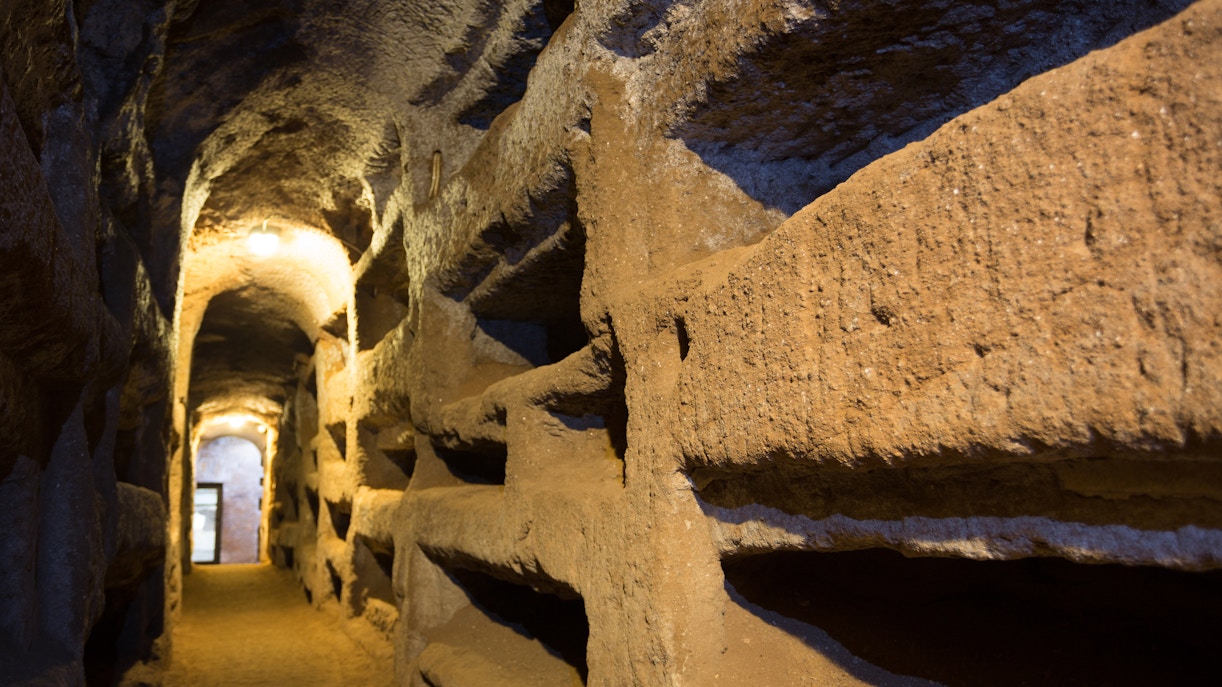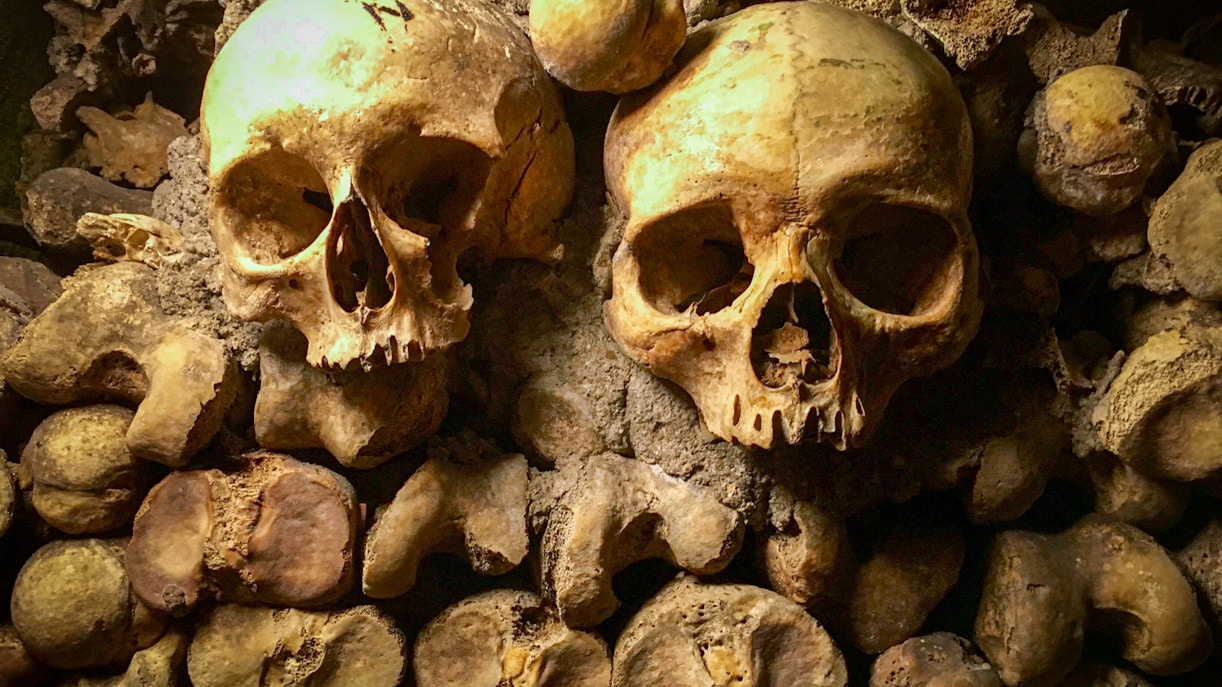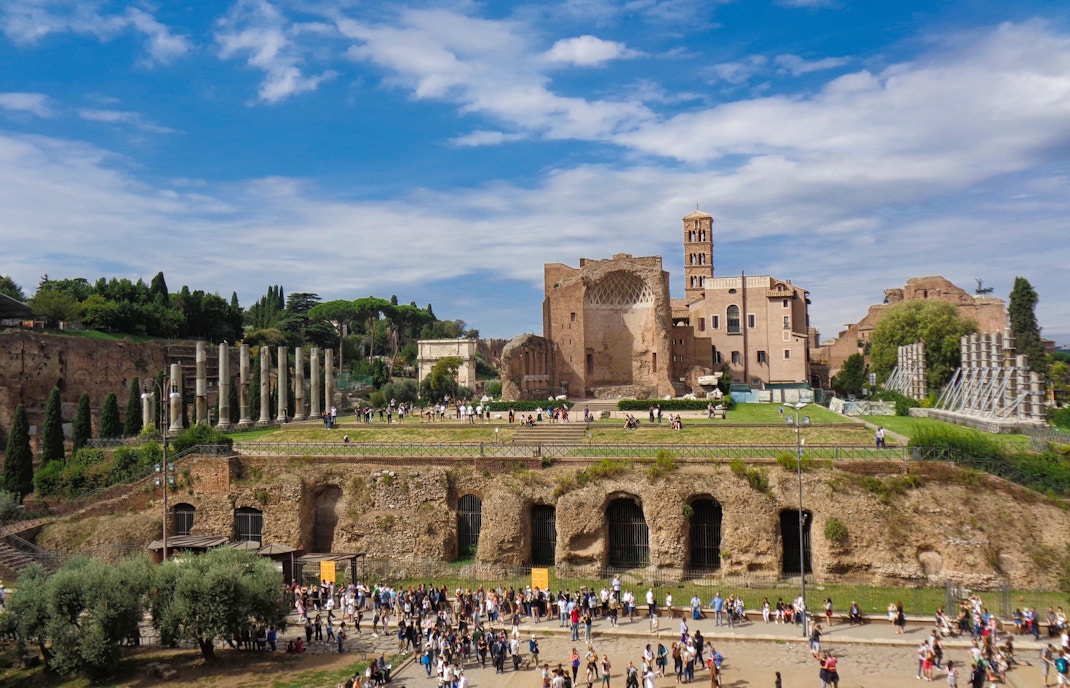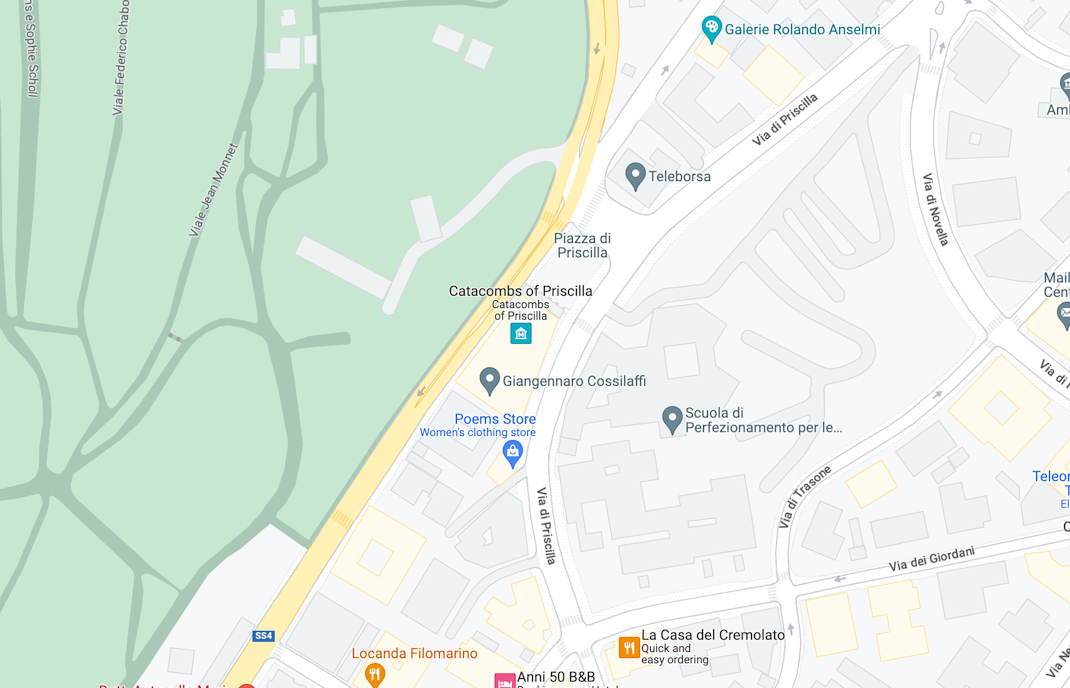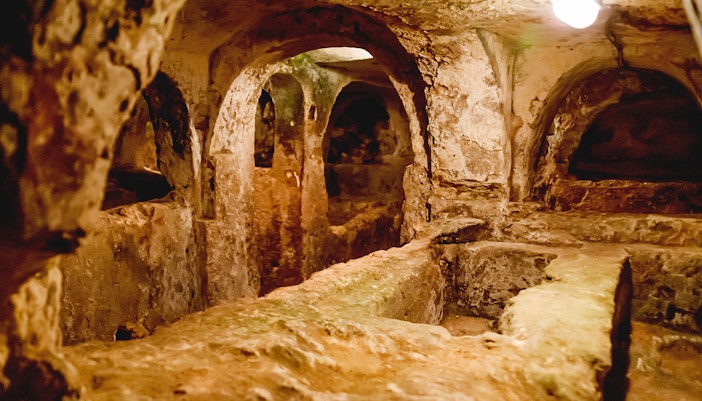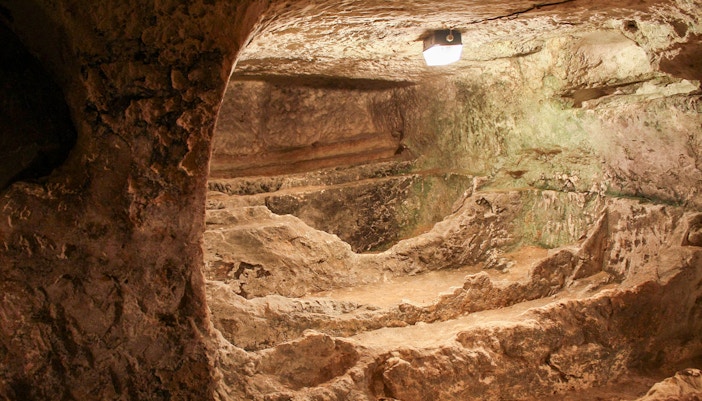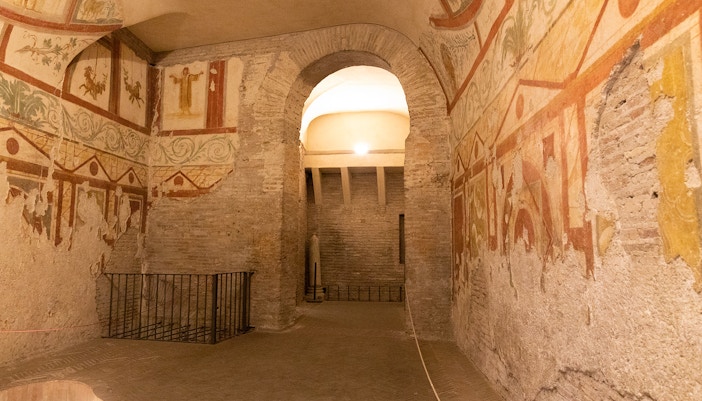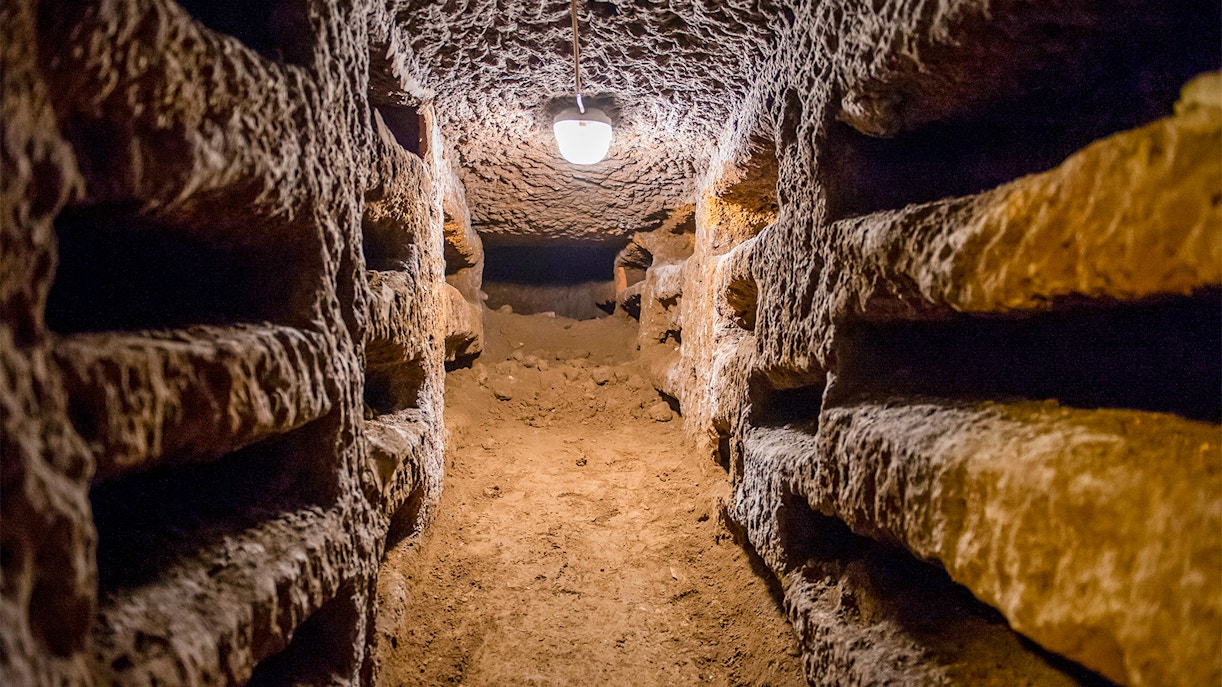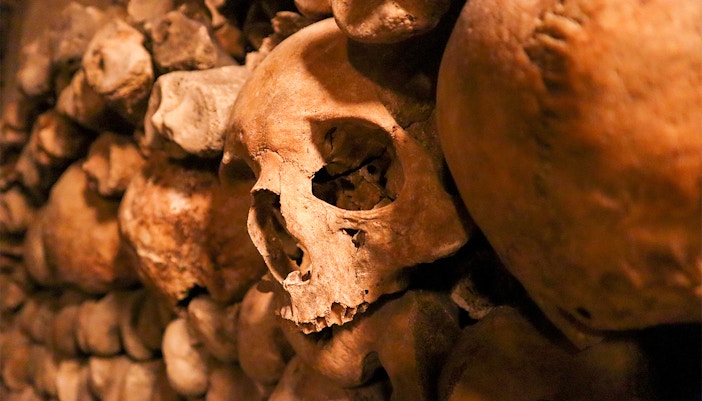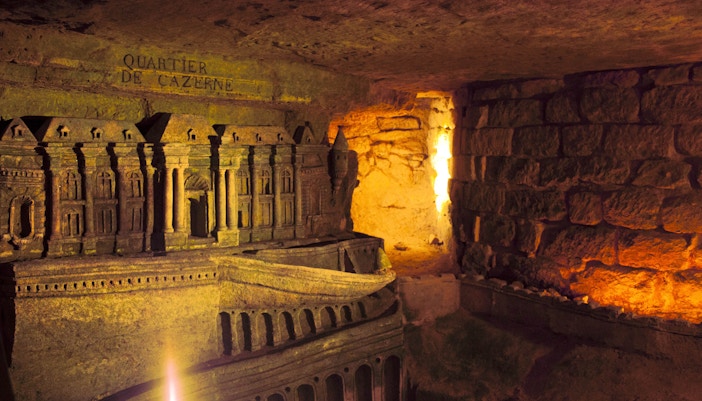- Official name: Catacombs of Priscilla
- Address: Via Salaria, 430, 00199 Roma RM, Italy
- Date of opening: 2nd century AD
- Timings: Tuesday to Sunday, 9 AM to 12 PM and 2 PM to 5 PM
- UNESCO World Heritage Site: Yes, declared in 1980
- Function: Ancient underground burial site for Christians

